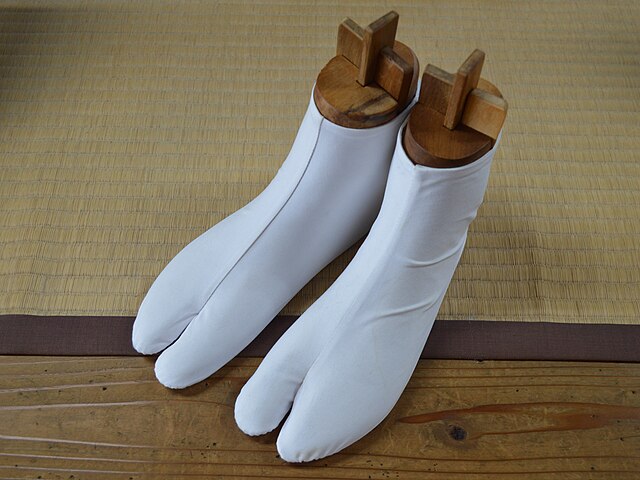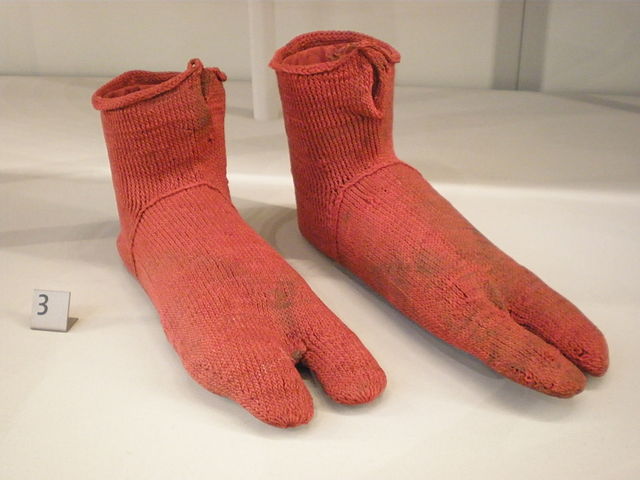Tabi are traditional Japanese socks worn with thonged footwear such as zori, dating back to the 15th century.
Pair of tabi
Tabi being worn with geta
Cotton-paper tabi, 1700s
Cloth tabi with ties, early 1900s
A sock is a piece of clothing worn on the feet and often covering the ankle or some part of the calf. Some types of shoes or boots are typically worn over socks. In ancient times, socks were made from leather or matted animal hair. In the late 16th century, machine-knit socks were first produced. Until the 1800s, both hand-made and machine-knit socks were manufactured, with the latter technique becoming more common in the 19th century, and continuing until the modern day.
A hand-knitted sock
Silk woven socks from the Mawangdui tomb, Western Han, 2nd century BCE. Ancient Chinese socks are loose fitting and were tied with strings at the back.
Egyptian socks created by naalbinding. Dating from 300–500, these were excavated from Oxyrhynchus on the Nile in Egypt. The split toes were designed for use with sandals. On display in the Victoria and Albert museum, reference 2085&A-1900.
12th-century cotton sock, found in Egypt. The knitter of this sock started work at the toe and then worked up towards the leg. The heel was made last and then attached to loops formed while knitting the leg. This practice allowed the heel to be easily replaced when it wore out.








